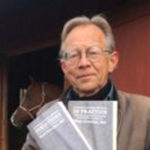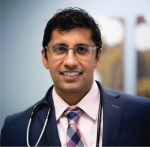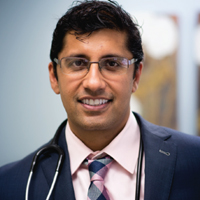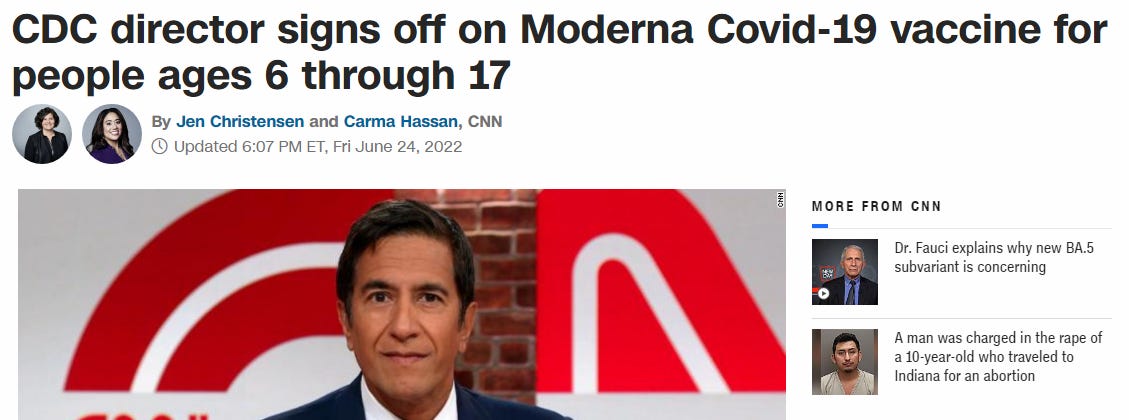
BY HANS DUVEFELT
Americans hate being sick. There are too many cold medicines out there to remember by name. But there are really only a handful of different drug classes to consider.
In order to choose any one of them, be clear about what you want to accomplish. It’s actually very simple.
1) Make my cold go away faster: Zink, echinacea, visualization/manifesting, sauna, prayer (may be mostly placebo effect ).
2) Stop my nose from running (including post nasal drip): You’ll want the crud to leave your body as soon as possible, so turning off the drain pipe that your nose has become can increase the risk of stagnant mucous in your sinuses becoming secondarily infected. But intermittent use of a decongestant (pills like pseudoephedrine, diphenhydramine or nasal sprays like Afrin) can help you look healthier than you are for an important Zoom meeting.
3) Make my nose run and relieve the pressure in my sinuses: Lots of fluids, room humidifier/vaporizer, shower steam, nasal steroid spray, guaifenesin (Mucinex) or even nasal lavage (Nettipot), but I personally have reservations about that one.
Continue reading…
















